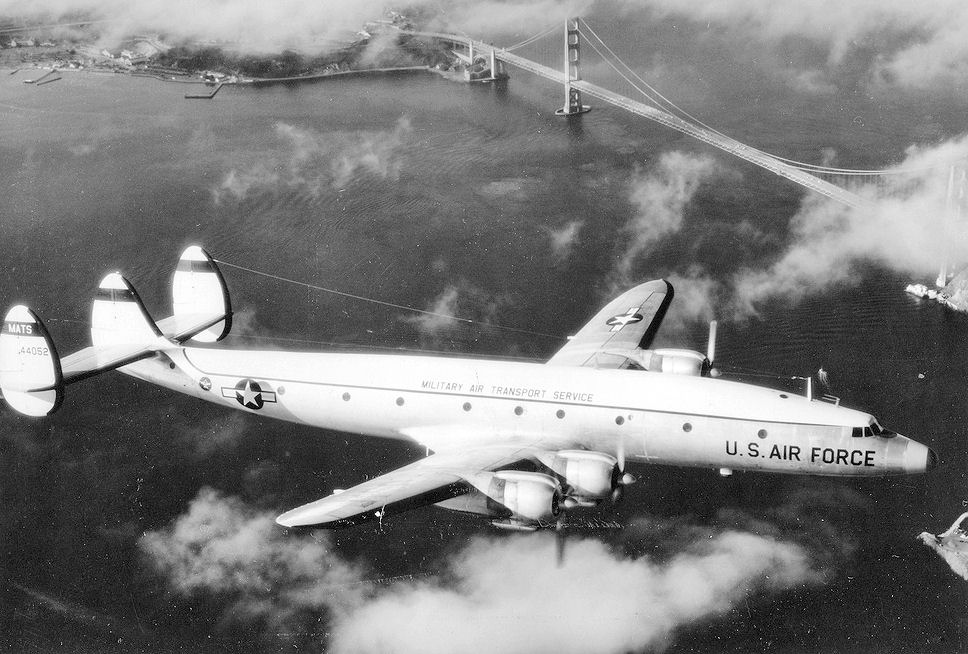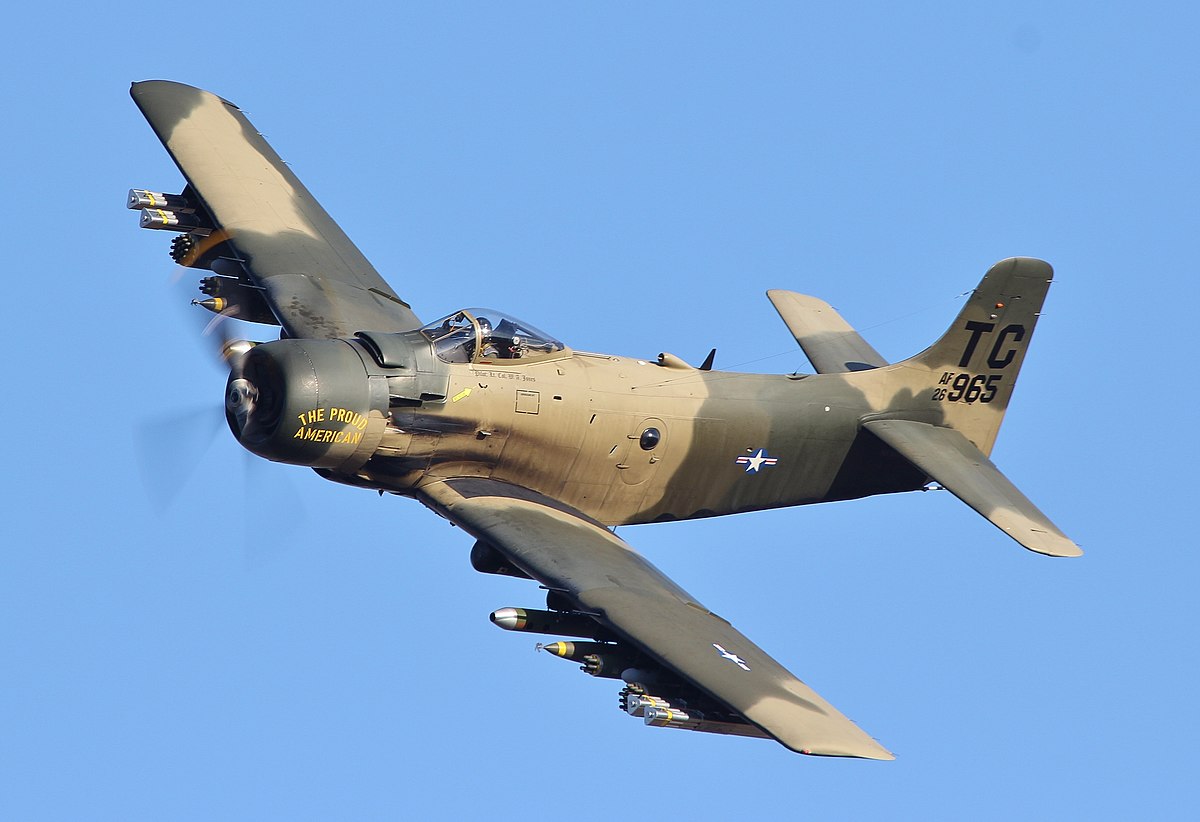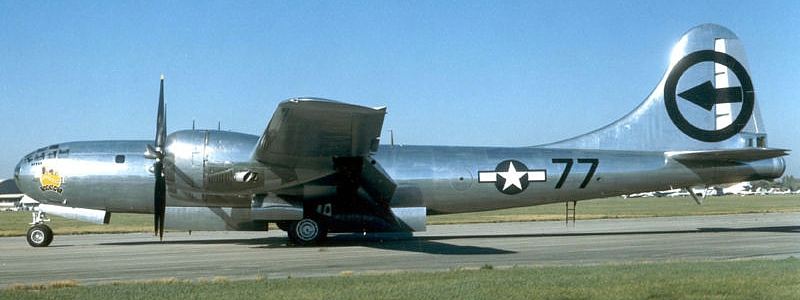Vahe Demirjian
Banned
I found pictures of the Heinkel He 177A-7 at these links:
Harold A. Skaarup Web page
File:Bundesarchiv Bild 146-1972-065-68, Flugzeug Heinkel He 177 A-7.jpg - Wikimedia Commons
The He 177A-7, if anyone is aware, was a high-altitude He 177 variant with a wingspan of 118 feet and the rear manned dorsal gun turret dispensed with. Six He 177A-5s (one of which, GP+RY/ Wk-Nr 550256, is featured in the photos in the above-mentioned links) were modified to He 177A-7 configuration to test the wing of the He 177A-7. The He 177A-7 also formed the basis of the He 177B-7 (originally He 177A-10), which had the same wingspan and lack of rear dorsal gun turret but utilized four separate engines.
Harold A. Skaarup Web page
File:Bundesarchiv Bild 146-1972-065-68, Flugzeug Heinkel He 177 A-7.jpg - Wikimedia Commons
The He 177A-7, if anyone is aware, was a high-altitude He 177 variant with a wingspan of 118 feet and the rear manned dorsal gun turret dispensed with. Six He 177A-5s (one of which, GP+RY/ Wk-Nr 550256, is featured in the photos in the above-mentioned links) were modified to He 177A-7 configuration to test the wing of the He 177A-7. The He 177A-7 also formed the basis of the He 177B-7 (originally He 177A-10), which had the same wingspan and lack of rear dorsal gun turret but utilized four separate engines.




